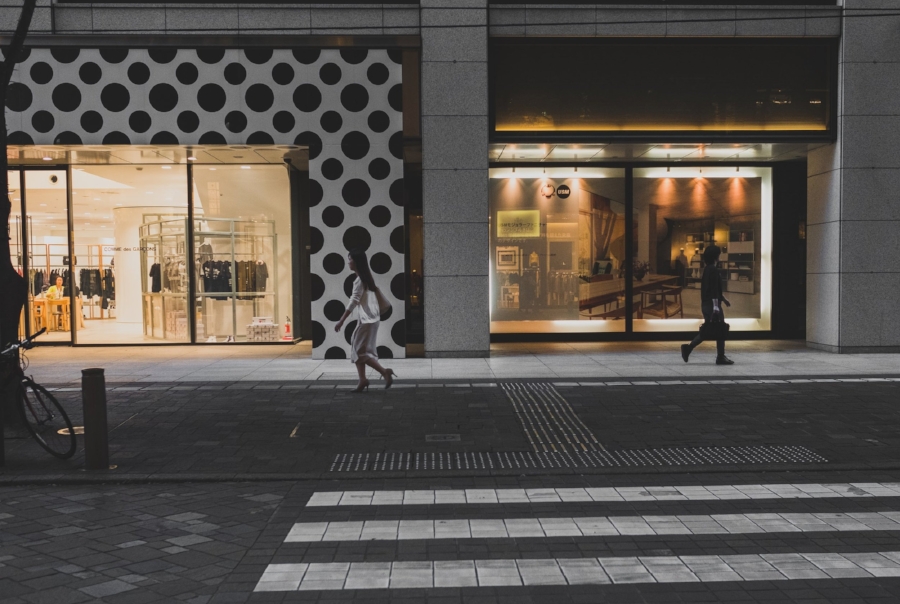
image: Simon Launay (Unsplash)
E-commerce is the future – and luxury brands are investing accordingly. LVMH recently rolled out an entirely new digital platform, a multi-brand e-commerce site called 24 Sèvres, in an attempt to meet the online luxury needs of consumers in more than 75 countries. Even 180-year old Hermès – with its unwaveringly in-demand Birkin and Kelly bags and notorious aversion for a full-scale digital adoption– is investing online. This is because online sales have become the fashion industry’s most important and promising engine of growth.
Global market consultancy McKinsey & Company predicts that online sales of luxury goods will triple within the next 10 years, and that by 2025, the online share of total luxury sales will reach 18 percent. In March, Reuters cited industry analysts, who said they expect online transactions to represent 20 percent of all luxury sales within the next decade, up from the current state of 7-8 percent.
Interestingly enough, while brands are rushing to invest in e-commerce (and in some instances, even m-commerce, the mobile equivalent), the good old physical store is far from dead – at least for now. A new report from Bain & Company holds that as of now, the vast majority of consumers are still doing their luxury goods shopping in brick-and-mortar stores. A total of 75 percent of luxury goods purchases, per Bain, currently occur in brand’s physical stores (as distinct from department stores).
This is because the old mentality still rings true to a large extent: “The more expensive the item, the more likely they are to want to try it on or test it out, to ask questions to an experienced store associate, and/or to look for an elevated shopping experience,” per GeoMarketing.
That is beginning to change, though. Just look at Moda Operandi, the New York-based e-commerce site has consumers spending thousands of dollars per transaction on runway garments and accessories that in the past they would only buy in-store. (It is worth noting that judging by Moda Operadi’s recent efforts to open multiple showrooms around the world after relying exclusively on e-commerce since its founding in 2010, there is still value to brick-and-mortar, especially when prices are high).
In light of widespread reports that consumers are becoming increasingly comfortable spending larger amounts online, it is impossible to ignore the mounting change that is upon us in terms of the dynamic between consumers’ online and brick-and-mortar shopping practices. And brands will have to adapt accordingly.
“The role of the store is definitely changing,” said Federica Levato, a Bain partner and co-author of the study. “But this doesn’t mean stores have lost their purpose – brands need to reinvent them to create an on-going engagement with customers that transcends channels.”







